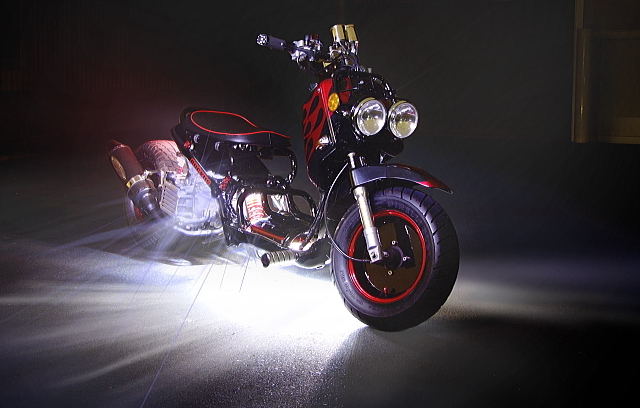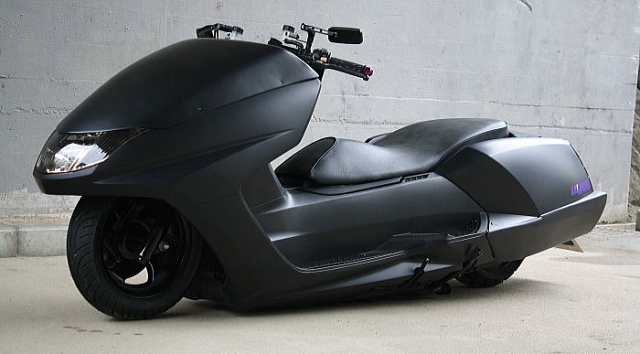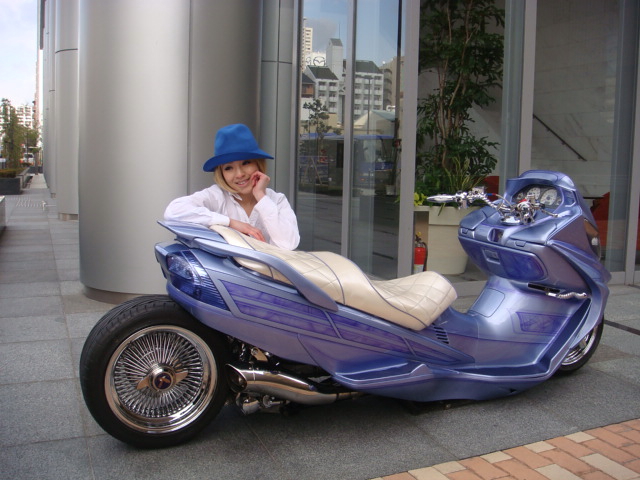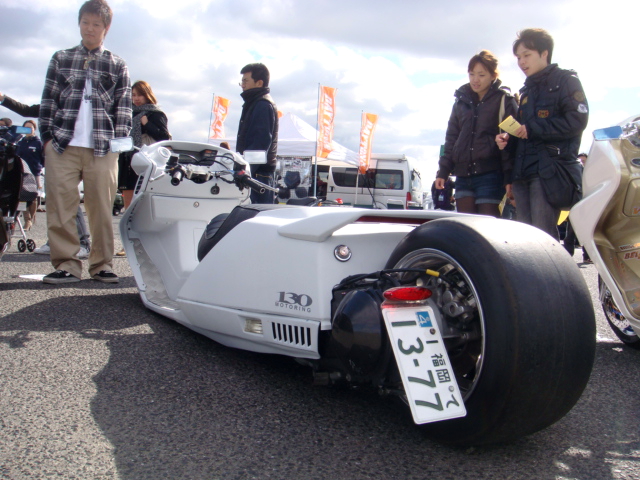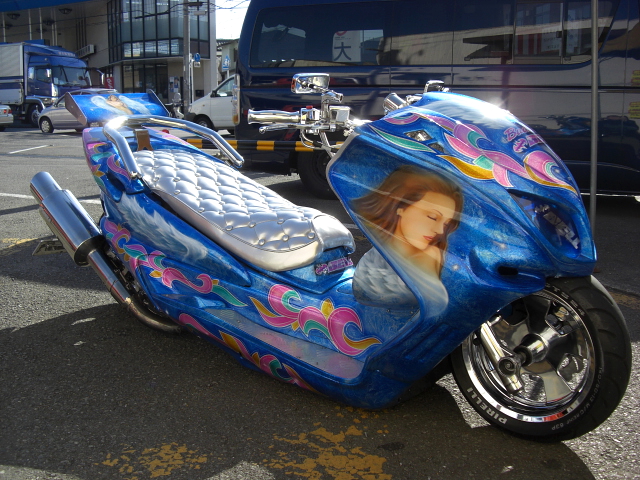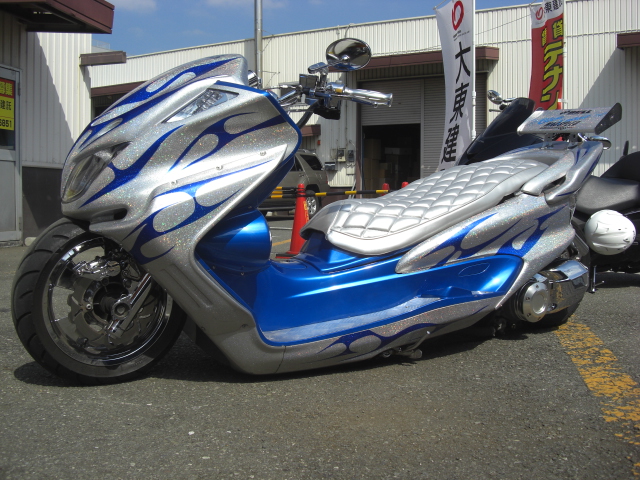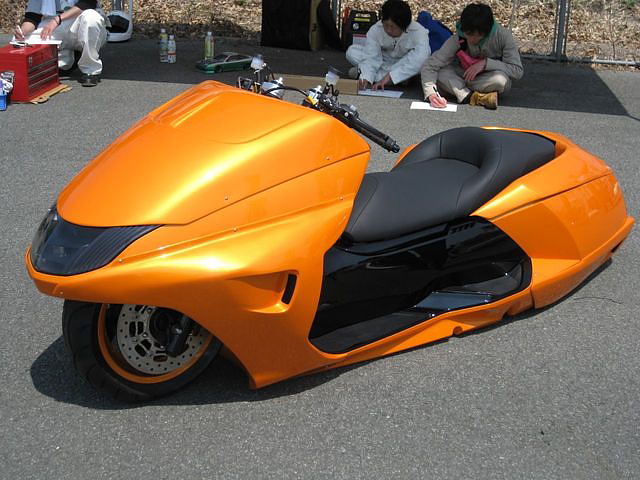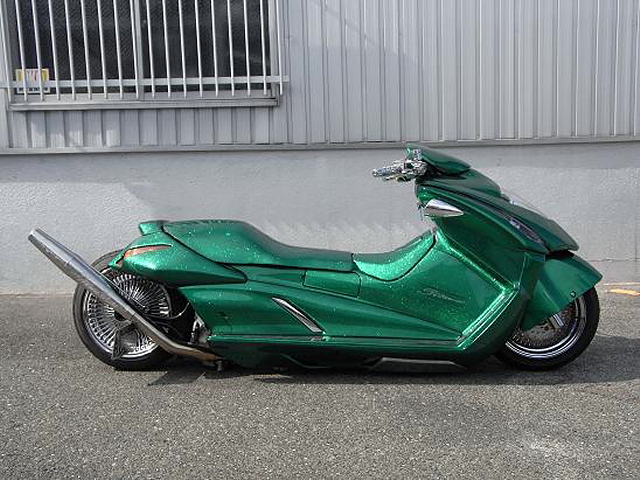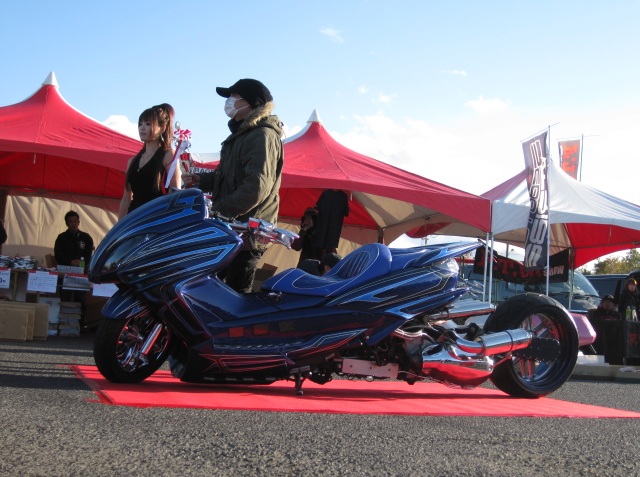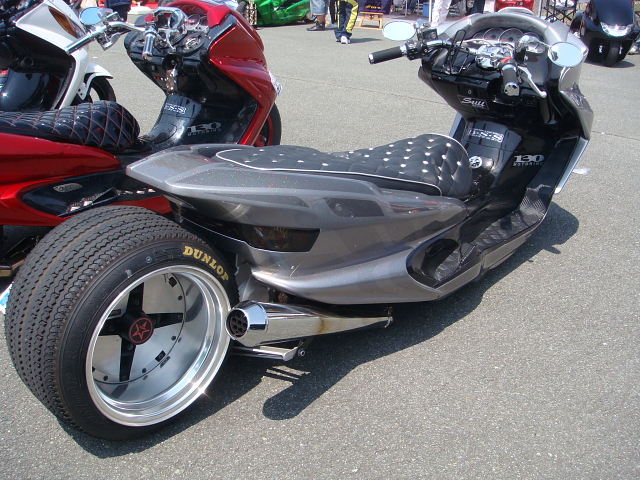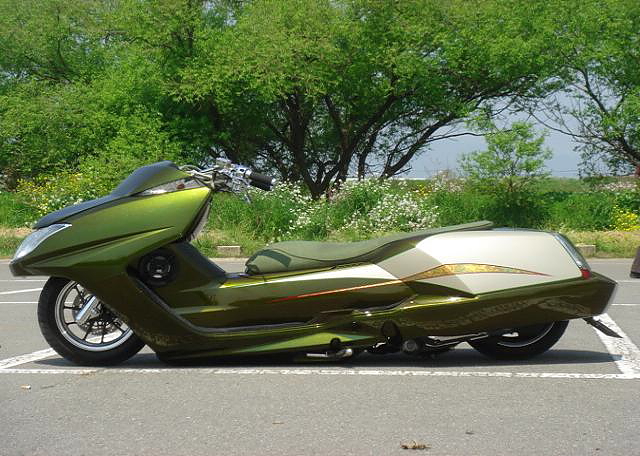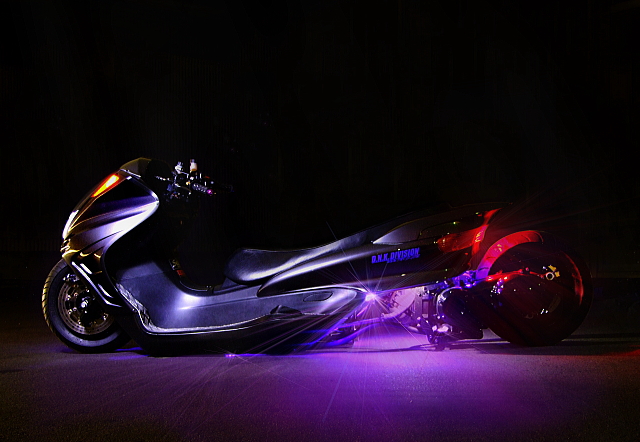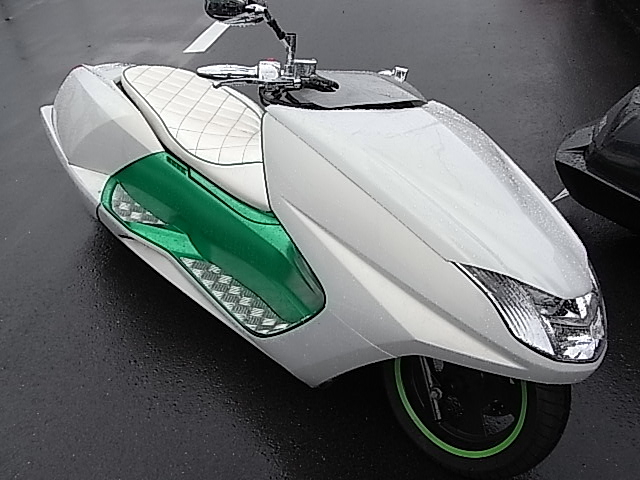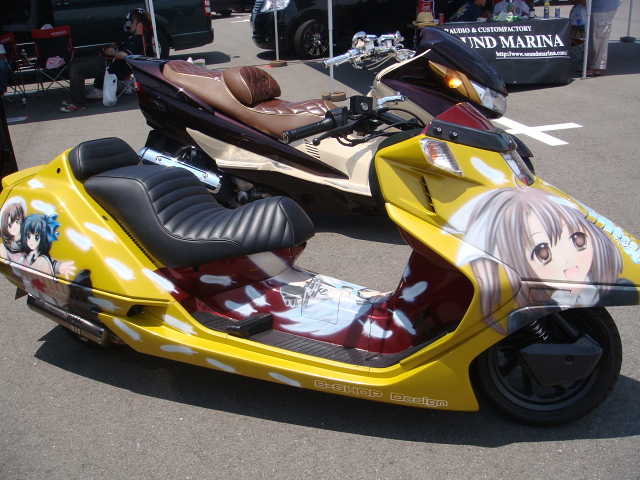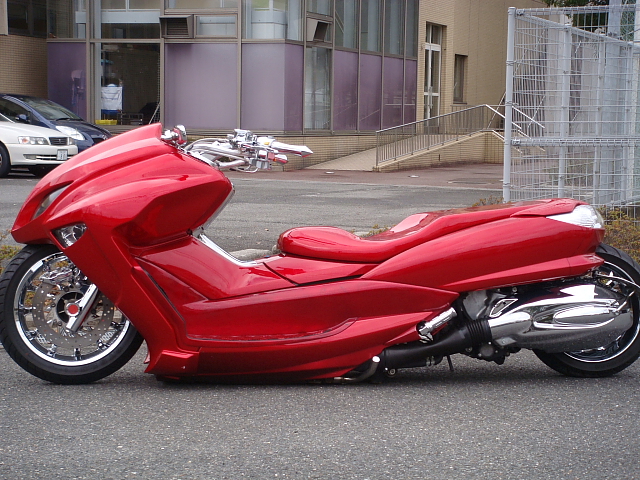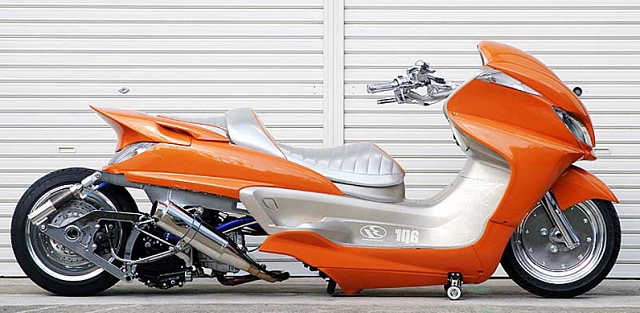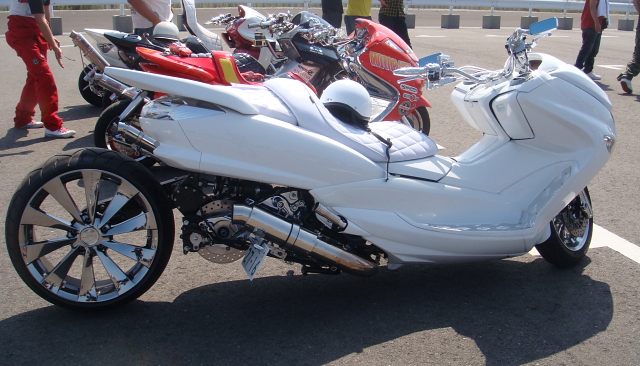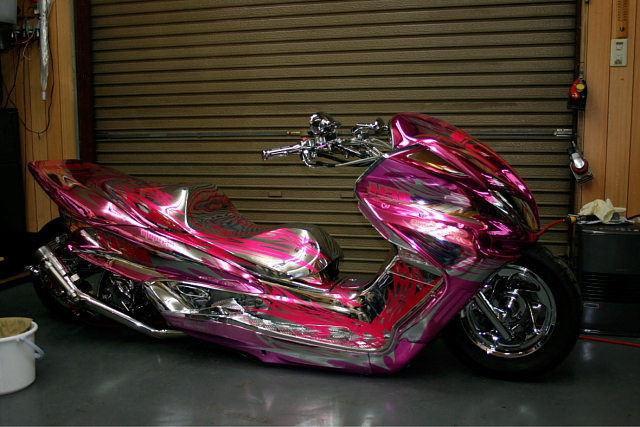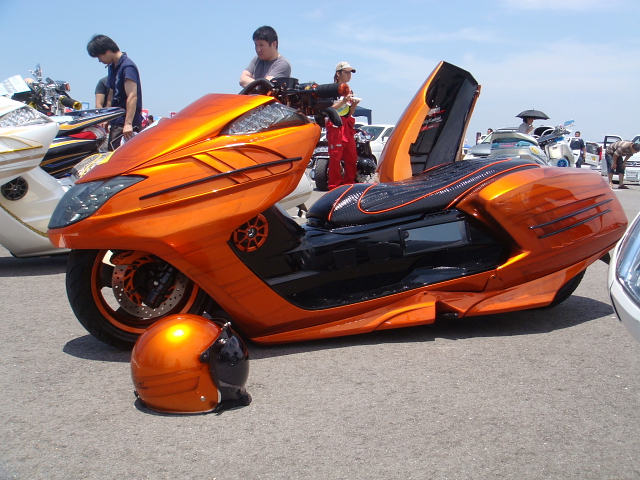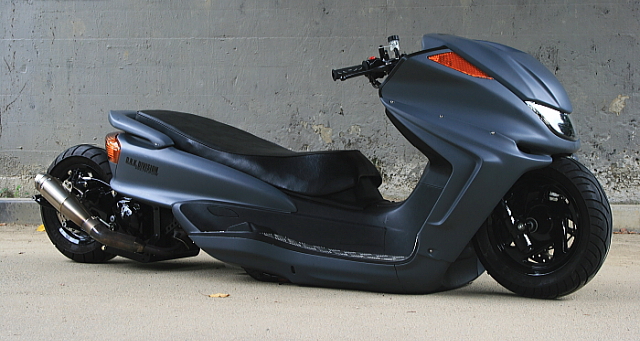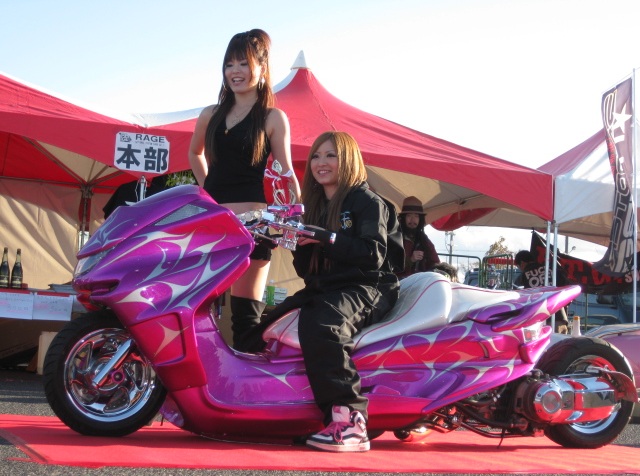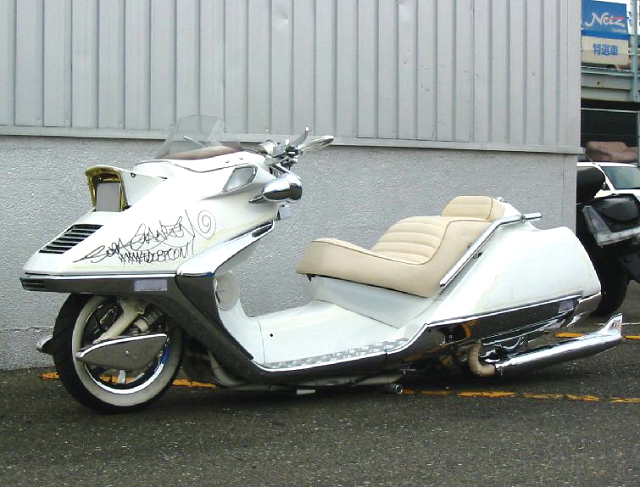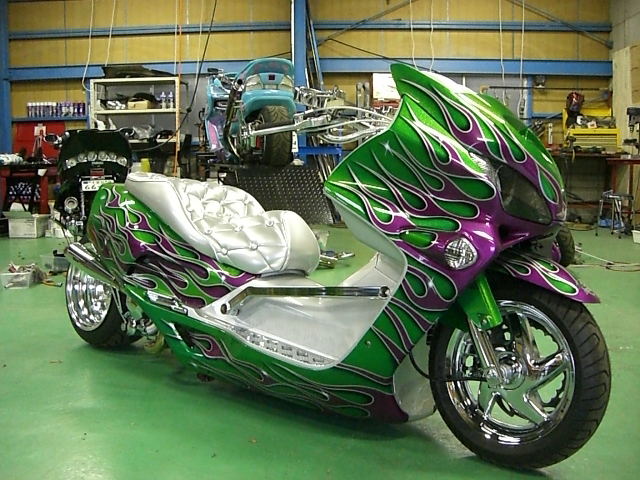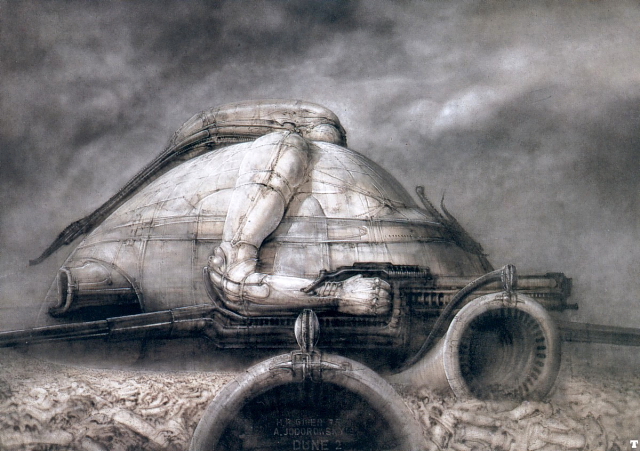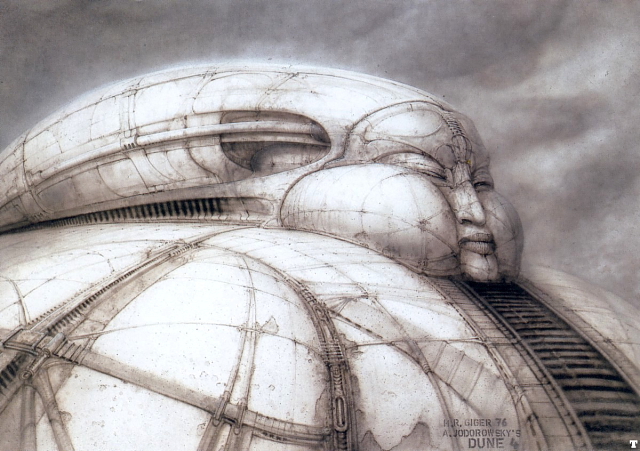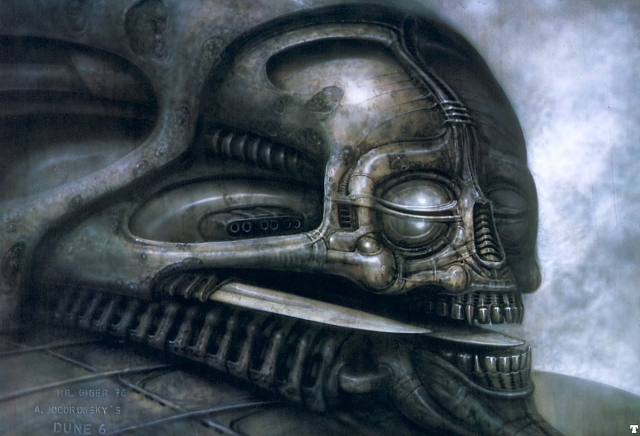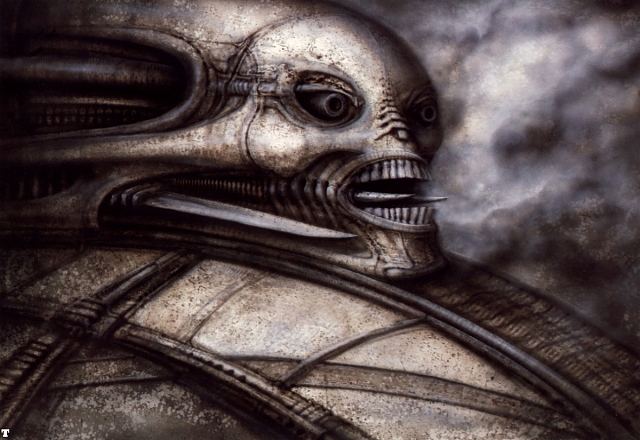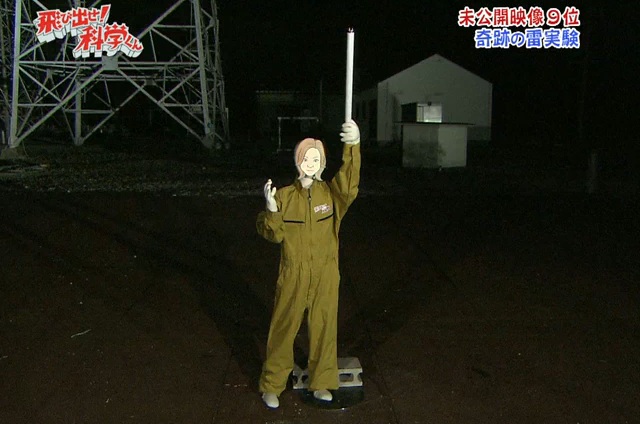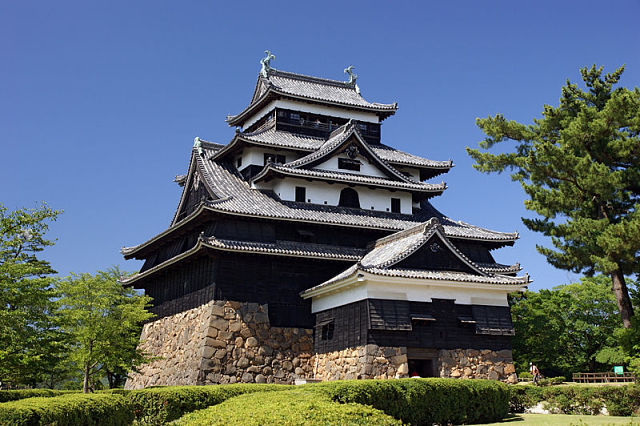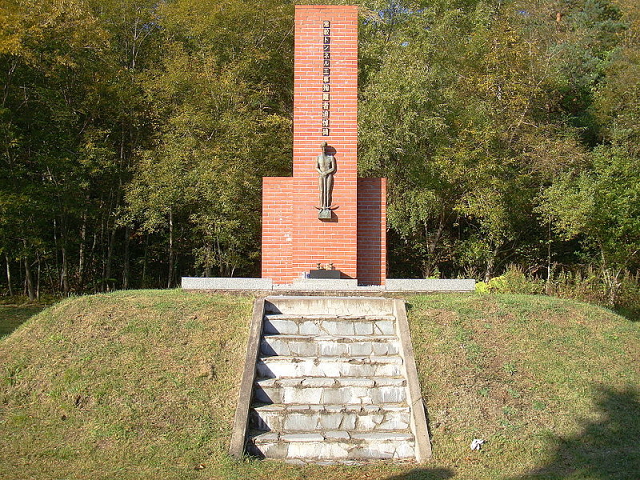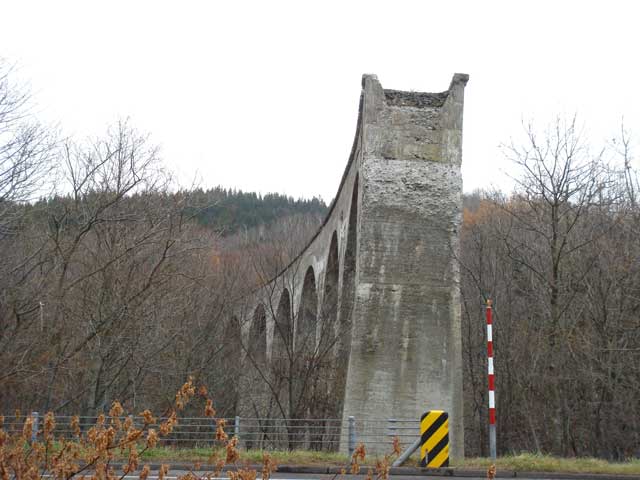For centuries, rumors have circulated in Japan about a ghost story so horrific that people die of fright soon after hearing it.

The dreadful tale -- known as "Cow Head" -- appears to date back at least to the early 17th century. Several known written accounts from this era make reference to the awful story, but they merely mention its title and describe it as a tale too terrible to tell.
The actual details of the story remain a mystery to this day, because those with the misfortune of knowing it usually do not live long enough to repeat it. According to the rumors, most people who read or hear the story are overcome with a fear so great that they tremble violently for days on end, until they die.
Although most people nowadays regard the tale as a complete fabrication, rumors of its existence have strangely survived, passing from generation to generation by word of mouth. Some theories suggest the rumors gained new life in the 1960s, after science fiction writer Sakyo Komatsu wrote a short story (titled "Cow Head") based on the old tale. There is no hard evidence supporting this claim, though.
In any case, references to the rumored story occasionally pop up in conversation and online.
One recent account tells of an elementary school teacher who told the "Cow Head" story to his poor students while the class was on a school trip. According to the account, the teacher was entertaining the students on the bus with ghost stories. The students, who tended to become unruly on long trips, grew remarkably subdued as they listened to the teacher speak. Many of them seemed truly frightened by the stories he told.
After some time, the teacher announced he would tell a tale called "Cow Head." Before he could finish the first sentence of the story, however, the children began to panic. "Stop!" they cried. "Don't tell us!" One child turned pale and covered his ears, and the others began to scream. But the teacher did not stop. His eyes went blank and he proceeded with the story as if some unseen force had taken over his mind.
Later, after the teacher regained his senses, he found that the bus had stopped moving. The students had all fainted and were frothing at the mouth. The driver lay slumped over the wheel, sweating and shivering. It is unclear what happened next, except that the teacher never told the story again.
[Note: This is the latest in a series of weekly posts on Japanese urban legends.]

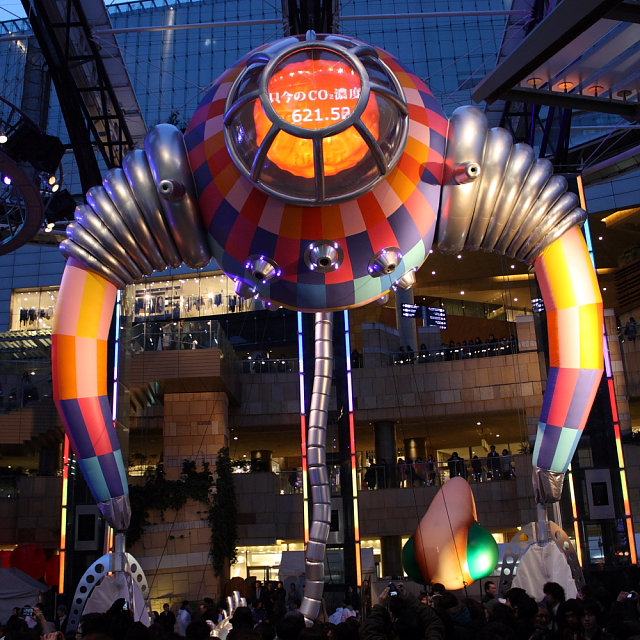
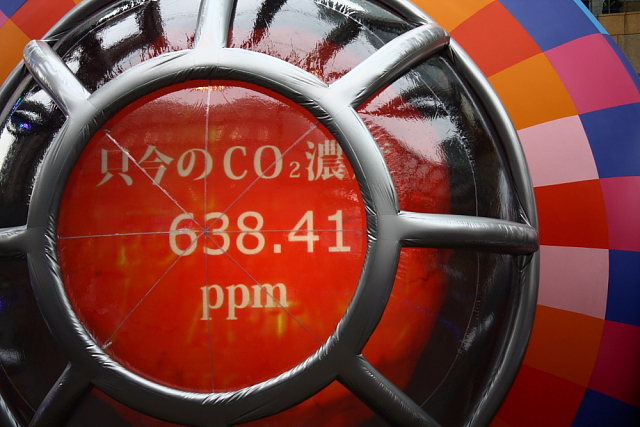

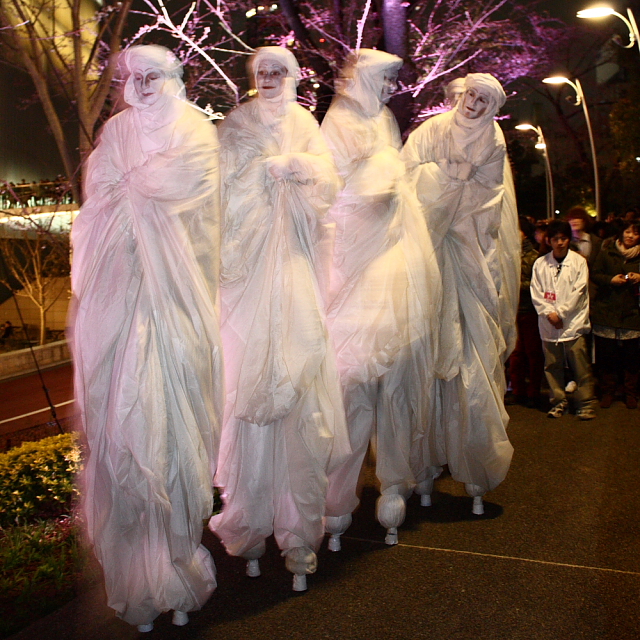
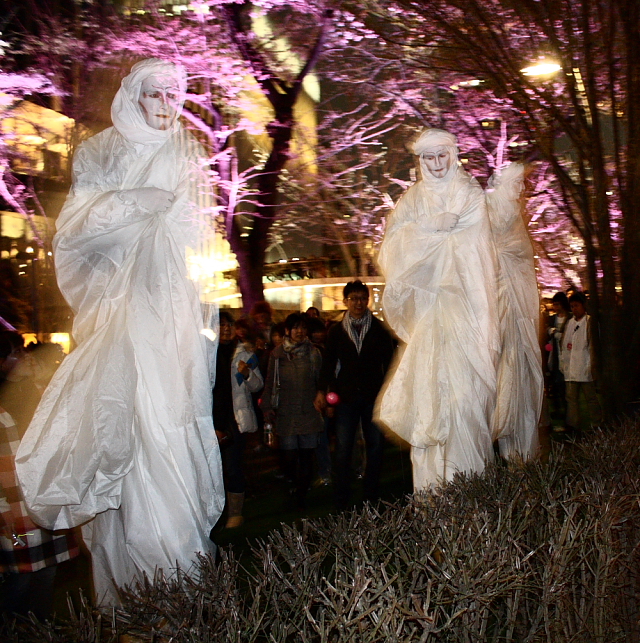
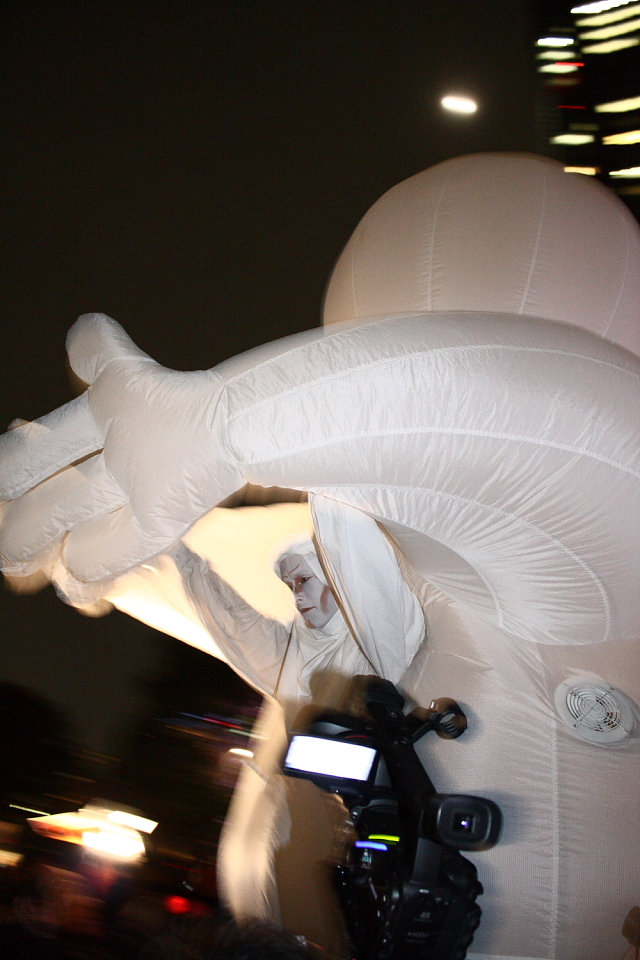

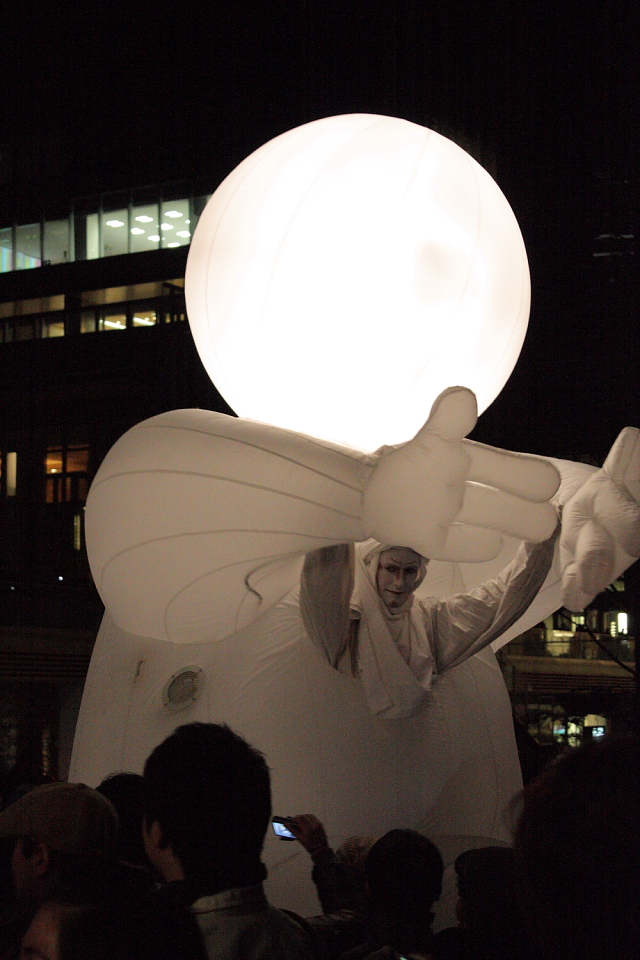
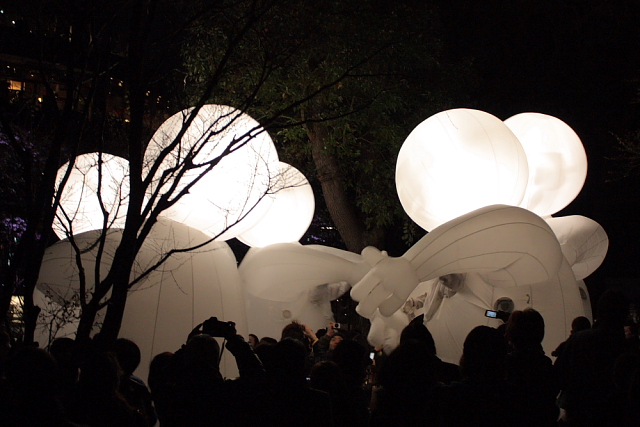
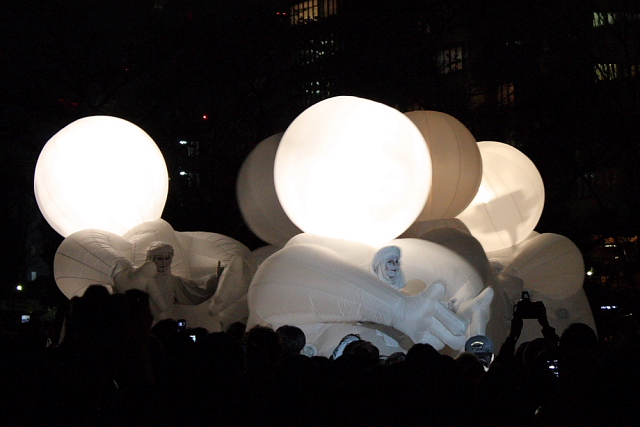
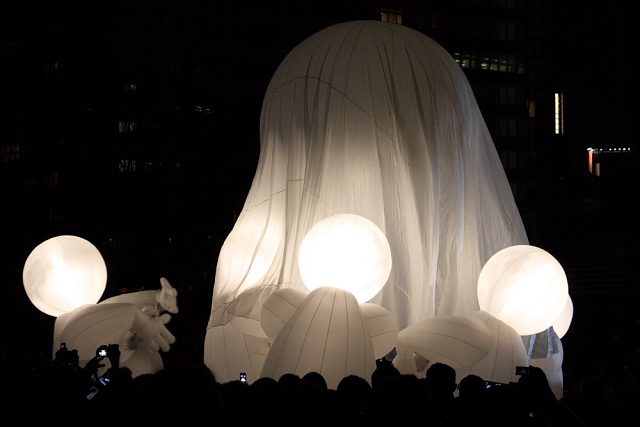
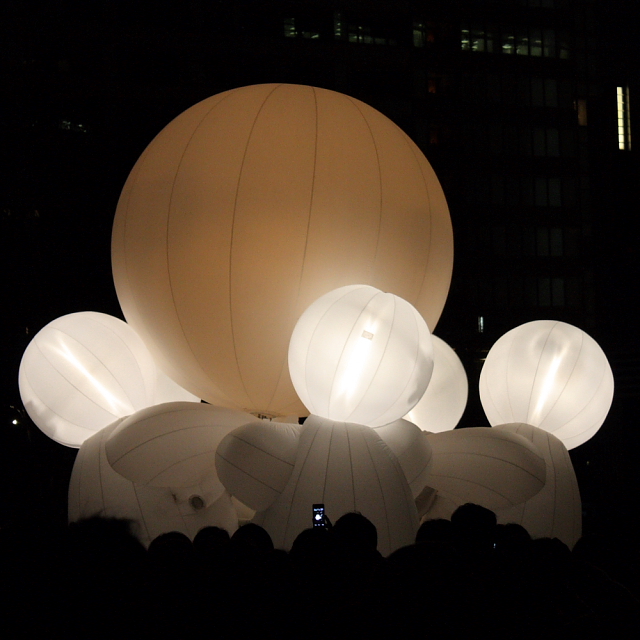




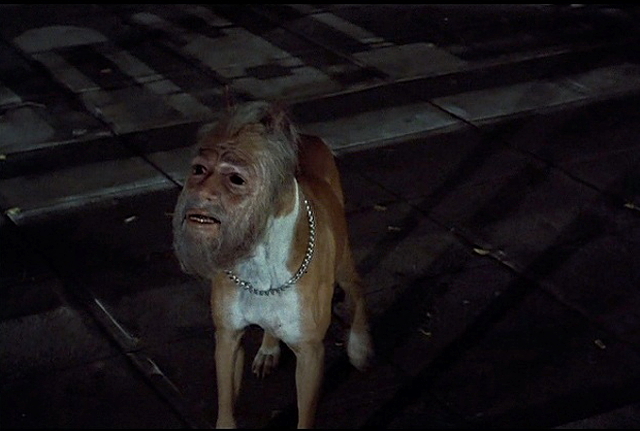
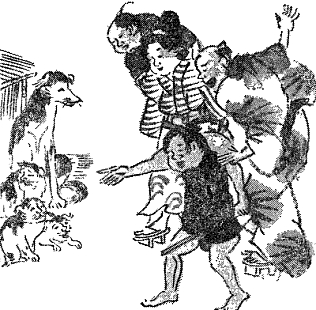
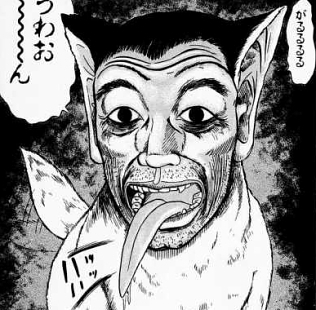 Left: Illustration from "Gaidan Bunbun Shuyo" shows people looking at a human-faced dog (1810)
Left: Illustration from "Gaidan Bunbun Shuyo" shows people looking at a human-faced dog (1810)